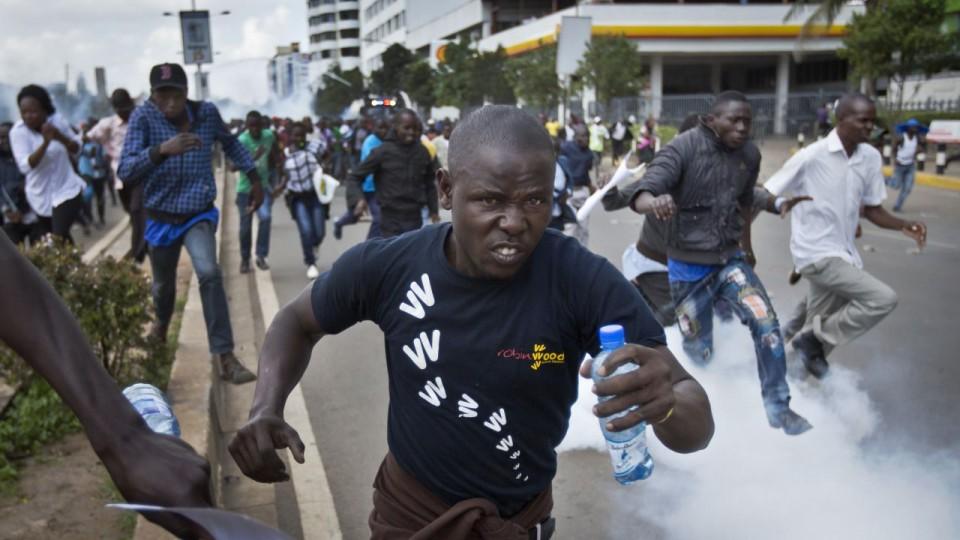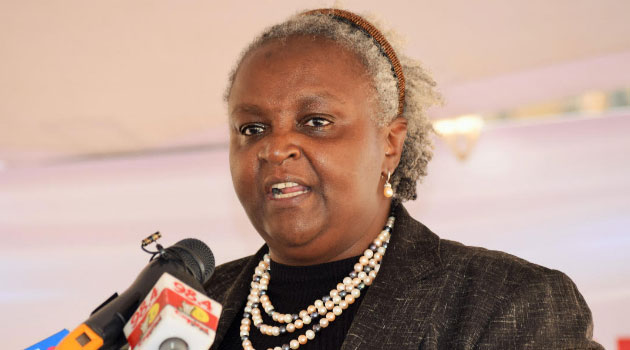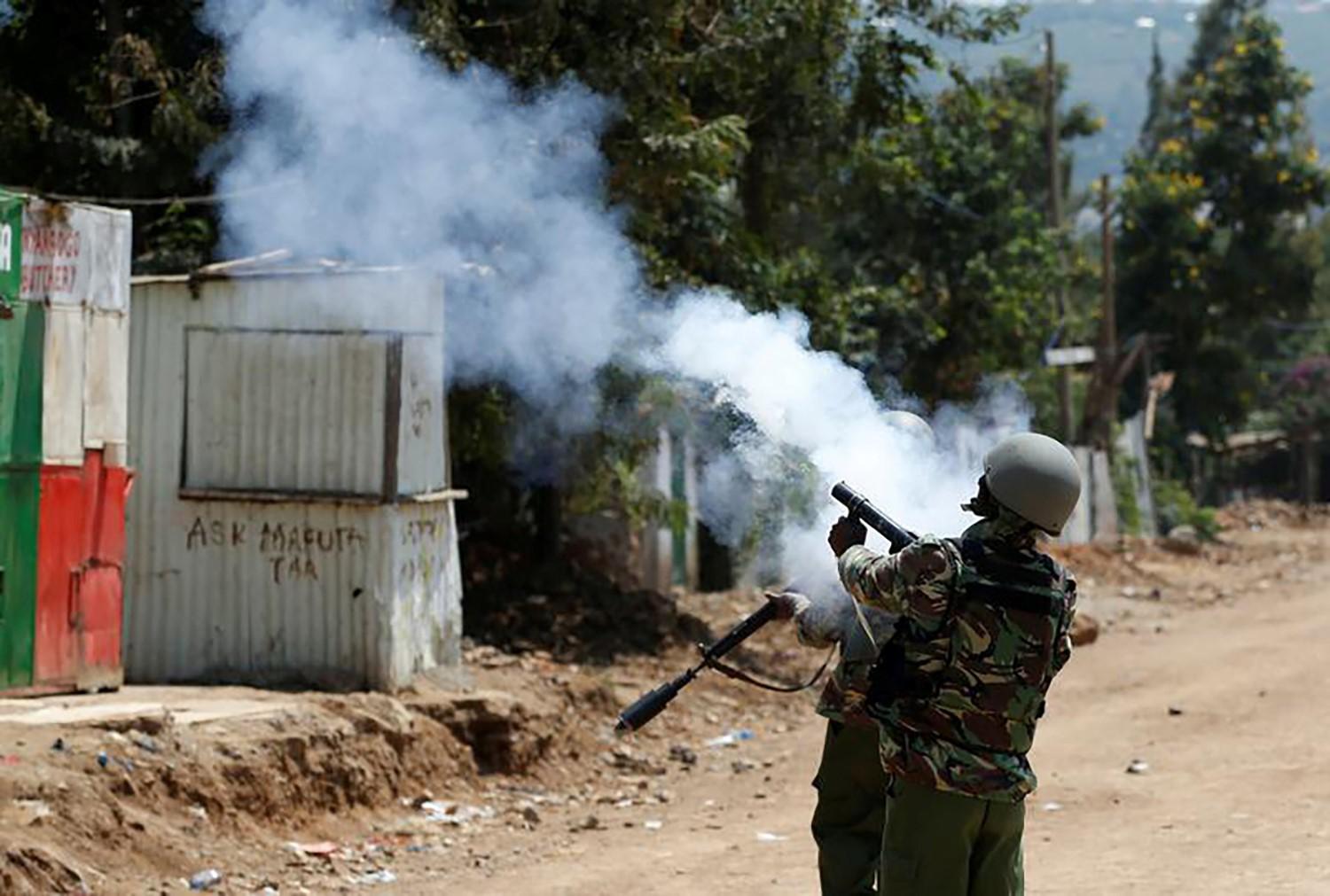
“Is there no justice for rape?” asked Jane, a young woman from Nairobi’s slums. “If police, who should be helping us, can just rape women and nothing is done to them, what will prevent men from continuing to rape us?”
Just a few months earlier, in October 2007, Kenyan records were smashed as more than 50,000 people packed into Nairobi’s Uhuru Park, screaming and chanting with adulation as then-opposition leader Raila Odinga launched his election campaign.
In all but one of the opinion polls that followed, Odinga was placed ahead of the incumbent President Mwai Kibaki – though many surveys had them within a few percentage points of each other.

Yet as the counting continued, Kibaki’s results became stronger and the gap between the rivals narrowed. On the night of December 30, behind closed doors, the chairman of the Electoral Commission of Kenya declared Kibaki the winner by some 230,000 votes – though a few days later, he admitted he “did not know” who had won.
Within minutes of the announcement of Kibaki’s victory, protests in the street alleging Kibaki had “stolen” the election turned violent. The protests were banned and police moved to quash the unrest.
It remains unclear exactly what happened next – that is, whether or not politicians ordered the targeting of tribal rivals – but the violence was quickly drawn along tribal lines.

In a report that has been released by the Kenya National Commission on Human Rights , police behavior has left many shocked.
More than half of sexual assailants during 2017 general election were police and other security officers, a report by the national rights defender has revealed.
Fifty-five percent of the perpetrators of sexual violence, the report released on Wednesday by the Kenya National Commission on Human Rights (KNCHR) shows, were men and women entrusted with protection of lives and property in the country.
According to KNCHR chairperson Kagwiria Mbogori, most of the victims of the violence were women at 96.26 percent while men were 3.74 percent.

The sexual crimes committed during that period were rape, gang rape, attempted rape, defilement, attempted defilement, indecent acts and sexual assault.
The commission defines sexual assault as penetration of genitals or part of their body by an object; and indecent acts as unlawful actions that cause any contact between any part of the body with the genitals, breasts and buttocks of another person but does not cause penetration.
The report released in the capital Nairobi highlights the stories of 201 survivors who reported their ordeals.

One of the rape survivors featured in a short film during the launch narrated her harrowing experience at the hands of a family friend, a police man.
“He pointed his gun at me and told me that even if I screamed or shouted for help, no one would come,” she recalled.
When she later sought medical attention, it was discovered that she had been infected with HIV.
Nairobi City County had the highest number of violations recorded, followed by Kisumu in western Kenya.
“The violations take place in areas where the poor and downtrodden of society live, ” George Morara, vice chairperson of KNCHR, pointed out.
In Nairobi, the highest number of cases were reported in Uthiru, Kibera, Kawangware, Baba Dogo, Mathare and Ngomongo.
Other counties that reported high incidences of rape and sexual violence were Migori, Kakamega, Homa Bay, Vihiga, Bungoma, Busia, Siaya, Uasin Gishu and Machakos.
Kenya has an elaborate sexual offences Act but most perpetrators of rape and defilement walk scot-free due to destruction and lack of evidence.